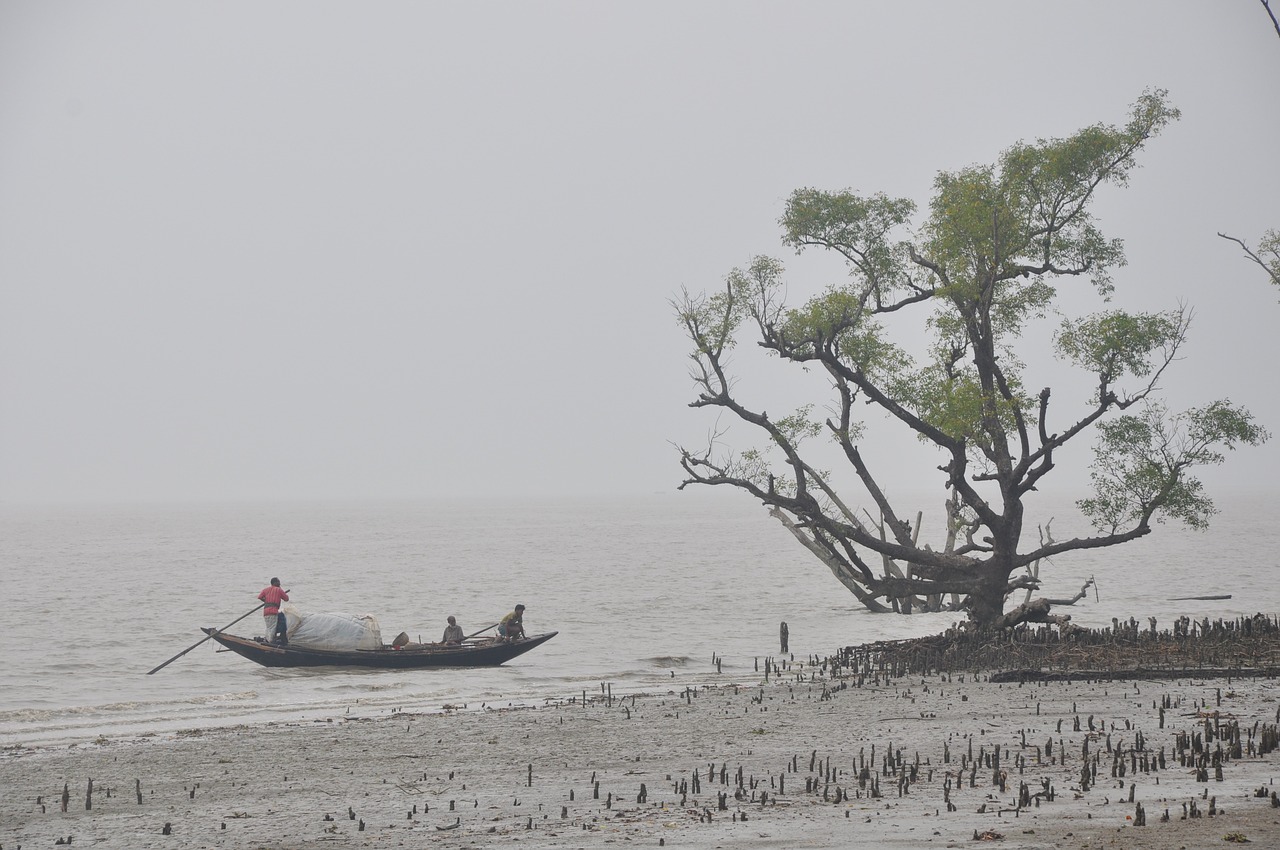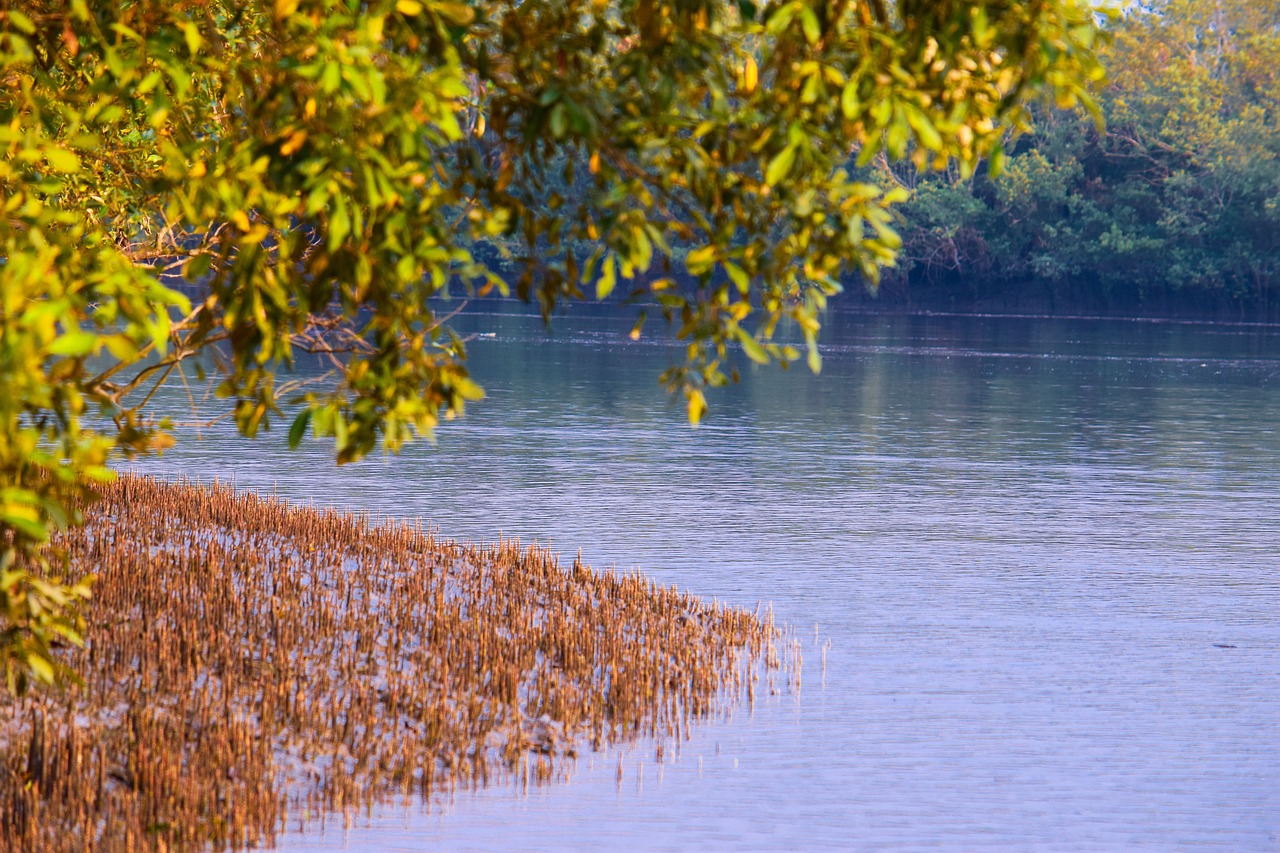The Sundarbans, a UNESCO World Heritage Site and the largest mangrove forest in the world, is a stunning natural wonder that offers a unique ecotourism experience. Known for its rich biodiversity, including the elusive Royal Bengal tiger, this intricate web of rivers, tidal waterways, and mudflats presents an ideal destination for those seeking an immersive encounter with nature. However, with great beauty comes great responsibility. To ensure that our visits to this fragile ecosystem leave minimal impact, it is crucial to follow best practices in ecotourism.
Understanding the Best Time to Visit the Sundarbans
Choosing the best time to visit the Sundarbans is essential for both your experience and the preservation of the environment. The optimal period is between November and February when the weather is cooler and more comfortable for exploring. During these months, the river waters are lower, making it easier to navigate the channels and increasing your chances of spotting wildlife. Visiting during this season also reduces the strain on the local flora and fauna, as the forest is less likely to be affected by the intense heat and humidity of the monsoon season.

Planning a Responsible Sundarban Tour
When planning your Sundarban tour, it is crucial to select operators and guides who prioritize sustainable practices and conservation efforts. Opt for tour companies that are certified for responsible tourism and adhere to guidelines that minimize environmental impact. These operators often work closely with local communities and conservationists to ensure that their activities support, rather than harm, the delicate ecosystem.
During your visit, follow these ecotourism principles:
- Respect Wildlife: Maintain a safe distance from animals and avoid disturbing their natural behavior. Use binoculars for close-up views rather than attempting to get close for photographs. This not only protects the wildlife but also ensures a more authentic experience.
- Follow the Guidelines: Adhere to all local regulations and guidelines set by the authorities and tour operators. These rules are designed to protect the environment and its inhabitants, and following them helps preserve the Sundarbans for future generations.
- Minimize Waste: Reduce your waste by bringing reusable items such as water bottles, bags, and containers. Avoid leaving any litter behind and make use of designated waste disposal facilities. Responsible waste management is vital in maintaining the pristine nature of the Sundarbans.
- Support Local Communities: Engage with and support local communities in a way that benefits them economically while respecting their culture and environment. Purchasing local handicrafts and participating in community-led conservation projects can have a positive impact.
- Avoid Off-Trail Exploration: Stick to designated paths and trails to minimize your impact on the sensitive mangrove ecosystem. Straying off these routes can damage vegetation and disturb wildlife habitats.
Sundarban Tourism and Conservation
Sundarban tourism plays a significant role in the local economy, providing essential income for many residents. However, it is crucial to balance this with conservation efforts to ensure that the natural beauty and biodiversity of the Sundarbans are preserved. By adopting sustainable practices and supporting responsible tourism, visitors can help protect this extraordinary environment.

In Conclusion
Ecotourism in the Sundarbans offers a remarkable opportunity to connect with nature and witness one of the world’s most unique ecosystems. By planning your visit with care and following responsible tourism practices, you can enjoy the beauty of the Sundarbans while ensuring that your impact on this fragile environment is minimal. Whether you’re exploring the waterways on a guided tour or immersing yourself in the local culture, every action counts in preserving the Sundarbans for future generations.
FAQs
When is the best time to visit the Sundarbans?
The best time to visit the Sundarbans is between November and February. During these months, the weather is cooler and more comfortable for exploring, and the river waters are lower, making navigation easier. This period also reduces the strain on local wildlife and vegetation, as the intense heat and humidity of the monsoon season are avoided.
How can I find a responsible tour operator for a Sundarban tour?
To find a responsible tour operator, look for companies that are certified for sustainable tourism and adhere to conservation guidelines. Research their practices, read reviews, and ask about their involvement in local conservation efforts. Operators who work with local communities and prioritize environmental protection are ideal choices for a responsible Sundarban tour.
How does supporting local communities benefit the Sundarbans?
Supporting local communities helps improve their livelihoods and fosters sustainable practices that benefit the environment. Purchasing local handicrafts, participating in community-led conservation projects, and engaging with local cultures provide economic benefits while encouraging conservation efforts and respect for the environment.
What should I bring with me on a Sundarban tour to ensure responsible tourism?
Bring reusable items such as water bottles, bags, and containers to minimize waste. Also, pack biodegradable toiletries, sunscreen, and insect repellent to avoid introducing harmful substances into the environment. Be prepared to follow all tour guidelines and regulations to ensure a responsible visit.


